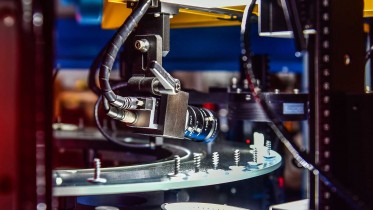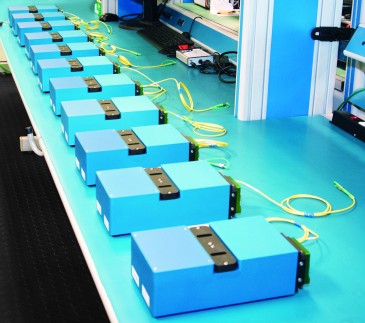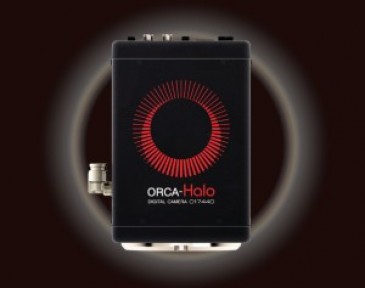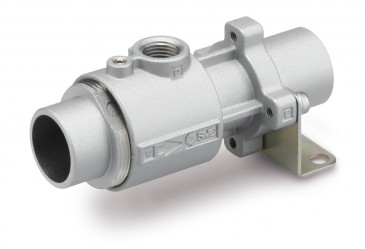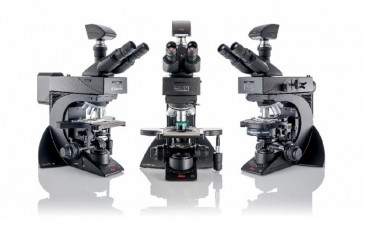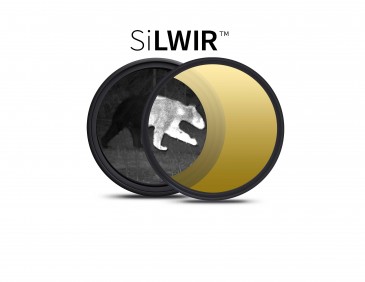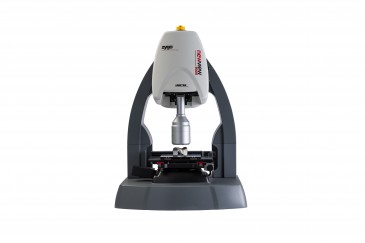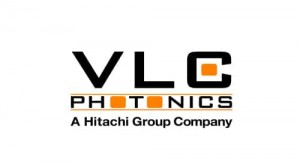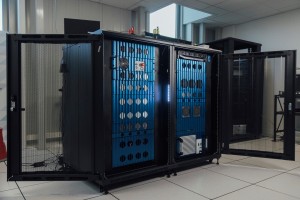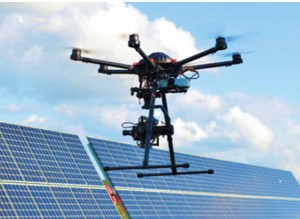
Electroluminescence (EL) imaging of photovoltaic (PV) solar panels provides high accuracy in detecting defects and faults, such as cracks, broken cells, interconnections, shunts, among many others; furthermore, the EL technique is used extensively due to a high level of detail and direct relationship to injected carrier density. This technique is commonly practiced only indoors - or outdoors from dusk to dawn - because the crystalline silicon luminescence signal is several orders of magnitude lower than sunlight. This limits the potential of such a powerful technique to be used in utility scale inspections, and therefore, the interest in the development of electrical biasing tools to make outdoor EL imaging truly fast and efficient
A team at Technical University of Denmark (DTU) lead by Gisele Alves dos Reis Benatto and Peter Behrensdorff Poulsen have used a drone-based system capable of acquiring EL images using an Owl 640 SWIR camera from Raptor Photonics, running at a frame rate of 120 frames per second and imaging in the 1125-1175nm range. In a single second during high irradiance conditions, this system can capture enough EL and background image pairs to create an EL PV module image that has sufficient diagnostic information to identify faults associated with power loss.
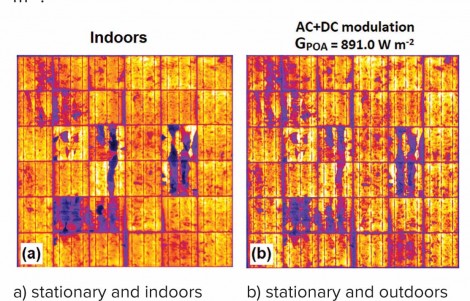
Caption: Mechanically stressed PV EL images--stationary. (a) stationary and indoors under low light b) stationary and outdoors in daylight with AC+DC modulation;
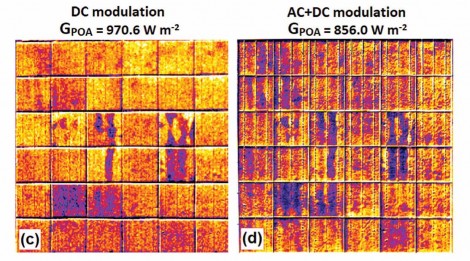
Caption: Mechanically stressed PV EL images in motion. c) in motion and outdoors in daylight with DC modulation d) in motion and outdoors in daylight with AC+DC modulation
While the outdoor images are somewhat lower quality than those taken indoors, they still have sufficient quality to identify the main features related to the module power loss. With further work on the algorithms, this technique shows much promise. It is an obvious advantage to use a drone to inspect PV modules on a solar farm during daylight hours.

































 Back to News
Back to News